Agile Collaboration
When I wrote a post on LinkedIn that was intended to help development staff understand timelines for producing a fully designed and printed communication, I clearly touched a nerve.
Before I knew it, the post had been viewed nearly 40,000 times, and had more than 100 reactions and dozens of comments. Many impassioned comments. While some commenters wrote about the original topic, many addressed related challenges. Here’s what they—and I—had to say.
“We can’t normalize last minute planning, but comms teams shouldn’t lose sight of what they can gain when the need is there. For us comms folx, winning on last minute things…helps bring us to the table long term with our colleagues and buys us the opportunity to have conversations about their needs and our collective strategy going forward.”
The original quote was quite a bit longer and is well worth reading over on LinkedIn. It also got, by far, the highest number of likes. And what’s not to like? When a development colleague asks for something that poses a challenge, comms staff has a choice of response. Start from an open mindset about what’s possible.
“Unless we are given lengthy timelines for projects, we often need some basic, foundational content from a gift officer to get us going - or some guidance on where to source it. I also need to understand the strategy and goal behind the funding opportunity. Yes, we are trying to solicit for scholarships but is it current use/cash or endowment? Are we wanting donors to create their own endowments or give to an existing fund? Is this for recruitment or need-based? The amount of times I've been asked to "make it up" is astounding.”
Being crystal clear about expectations for the piece, how it will be used, and the audience it will reach is critical when requesting communications from colleagues. The expectation that the advancement comms person is responsible for such decisions is ultimately a disservice to the donor with whom someone else has the primary relationship. Not to mention how interactions like this increase strain and erode working relationships. But knowing what questions to ask is half the battle.
“Balancing structure with adaptability isn’t just about getting things done—it’s how we build trust, synergy, and long-term collaboration across an organization. The magic happens when we can be both proactive and agile.”
I love this nod to agility. Perhaps that should be a core value of both teams?
“What do the development officers do when they can’t get what they want (and think they need) in a timely enough fashion? Who mopes and blames their colleagues and who adjusts and finds a different way to keep the conversation moving with the donor?”
There’s a lot to unpack in these questions. If you’ve reached this level of impasse, two things need to happen, I think. First, the two department heads should have a frank conversation about needs, expectations, limitations, etc. Second, while gift officers should be focused on relationship-building, there is a benefit for them to be trained in persuasive writing and making a case so they can produce their own proposals when necessary.*
Check out these posts for even more thoughts on this topic:
*We're working on an online course to give major gift officers the tools they need to write compelling proposals. Want to be among the first to know when it launches? Send the word “PROPOSALS” to grow@weiswood.com.
